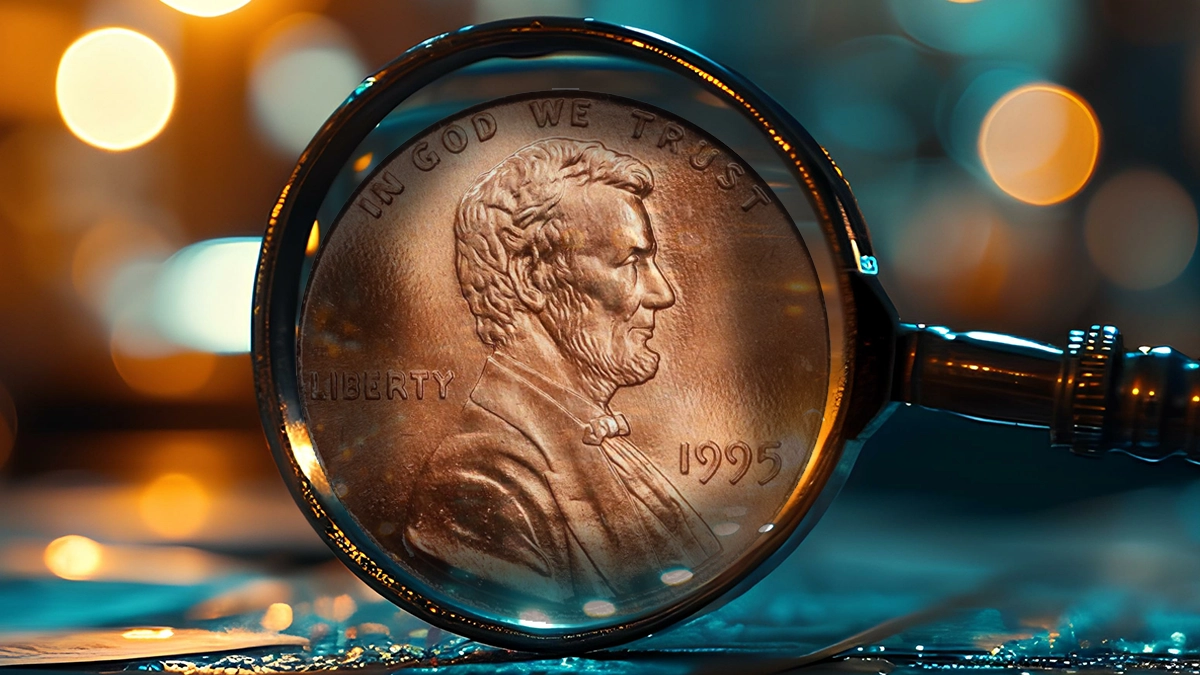By CoinWeek …..
Collectors new to the hobby are inundated with information relevant to coin value, but often they lack basic insights that go in to the determination of what a coin is worth. For beginners, there are six key factors that influence a coin’s value, and understanding how these interact will help you make informed decisions when buying or selling your numismatic holdings.
The six key factors that influence a coin’s value are:
Rarity
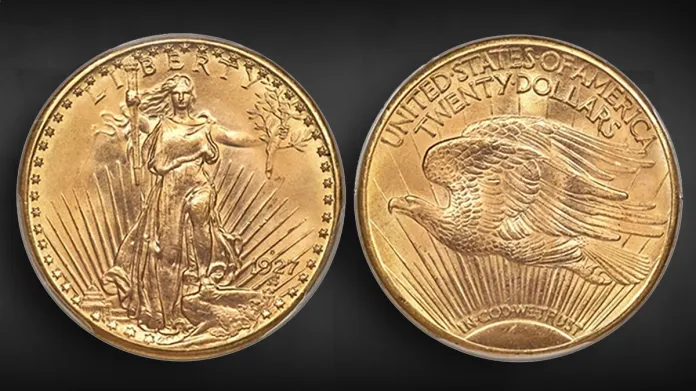
Coins that are rare due to low mintage numbers, short production periods, or unique characteristics tend to be more valuable than coins with greater availability. For vintage coins, attrition often plays a large part in taking coins that once seemed common but are now considered rare. Take the 1927-D Saint-Gaudens Double Eagle, for instance. The United States Mint struck 180,000 of these coins, but only 14 to 15 are known to have survived the government’s massive gold coin melt of the late 1930s. Because of this, regardless of condition, all 1927-D Saints are valuable.
One should not overly rely on rarity, however, as many modern coins are produced in limited numbers by Mints and private issuers. If these coins have limited appeal, it doesn’t matter if 500 or only 50 exist. In the rare coin hobby, we call these purposefully-made rarities.
Condition
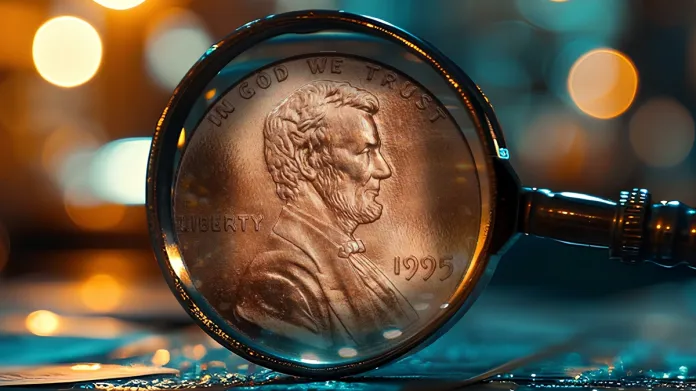
A coin’s state of preservation significantly affects its value. Coins in Mint State or About Uncirculated condition generally are worth more than those that are worn or damaged. Determining an overview of a coin’s grade can be accomplished by studying available literature on grading, but narrowing down the grade to a point of market acceptability requires outside certification. The three grading services whose opinions are accepted industry-wide are Certified Acceptance Corporation (CAC), Numismatic Guaranty Company (NGC), and Professional Coin Grading Service (PCGS). These services each apply their own interpretations of the Sheldon Scale, grading coins on a spectrum from 1-70, with 70 being “perfect”.
Vintage coins and coins struck for circulation will seldom approach grading perfection, but modern-made numismatic coins, such as American Silver Eagles, Proof coins, and commemoratives will routinely grade either 69-70. The value of 70s for this type of material often depends on the other factors enumerated on this list.
Historical Significance

Coins with historical importance, such as those minted during significant events, with unique designs commemorating historical figures or moments, or from pivotal periods in history, can see their value increase due to collector interest in that history. This is true for coins struck during the California Gold Rush like the $1.26-million Pacific Company $5 gold coin that recently sold, or coins struck during the Civil War like the 1864 Two-Cent Piece. Collectors often see coins connected to an important event as more interesting than coins from a random date, and oftentimes, events at different points in history have a direct impact on the rarity and condition of coins today.
Collector Demand
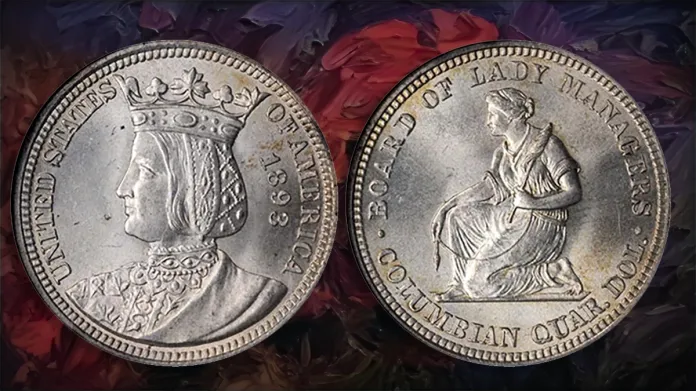
The level of interest from collectors can drastically affect a coin’s value. Popular series like the Morgan Silver Dollar and Lincoln Wheat Cent may not be as rare as other series, but they are widely collected. Because of this, they can be more valuable that scarcer coins with a lower collector base.
Demand is not a constant, and attitudes about a series can change over time. In the early 1980s, dealers rode a wave of enthusiasm for classic commemorative coins, which on paper have all four factors we’ve discussed so far: scarcity, historical significance, condition, plus demand. This drove prices skyward, but it was not long before collector attitudes changed and over time even coins with mintages of just 2,000 to 3,000 coins seemed common because fewer and fewer collectors wanted them.
Material Composition
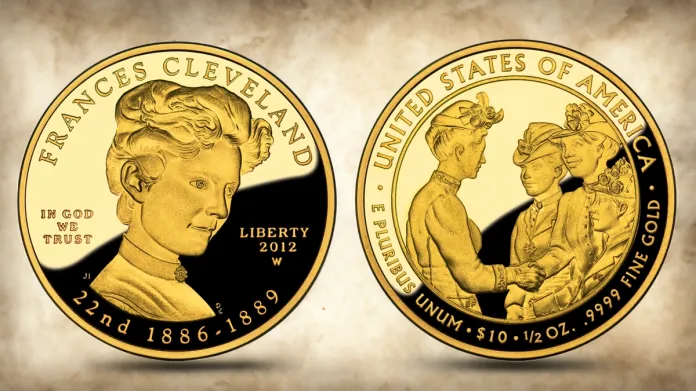
A coin’s metallic composition can influence its value. This is especially true for common coins made of gold or silver. These coins may carry little numismatic premium, but will fluctuate in price based on the prevailing prices of their metallic content.
For vintage coins, material composition will often play a factor in the coin’s survivability (such as the case with the 1927-D), its desirability (collectors typically prefer coins made of precious metals), and its current state of preservation (gold and silver are softer metals than those currently used to strike coins and copper coins are highly reactive and often tarnish over time).
Emotion
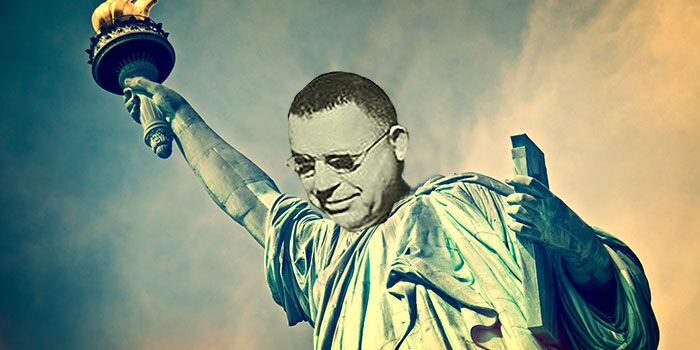
Collectors are often driven by emotion and compete enthusiastically against each other for the best coins. Legendary collector John Jay Pittman famously employed the “Statue of Liberty” play to win a Proof 1854 Type Two Gold Dollar at auction. In keeping his hand raised and staring down the other bidders at a public auction, he communicated that his commitment to acquire the coin at all costs was absolute. He was driven by emotion.
Collectors are drawn to coins with the “It Factor” and often throw out the price guides when it comes to coins that know no comparables. This is why you often see fantastically-toned Morgan Dollars sell for multiples of what similarly-graded coins bring.
Passion can be a good thing when collecting, but it can also result in bad decisions and collectors should consult with professionals before making a purchase based on emotion alone.
* * *
No single one of these factors will determine a coin’s value. But all six, working together, make up the formula that experienced collectors and dealers use when setting the market. To graduate from being a beginner collector to one more seasoned, understanding these six features are essential.
What do you make of these factors and what additional factors do you use to determine a coin’s value? Let us know in the comments.
* * *


